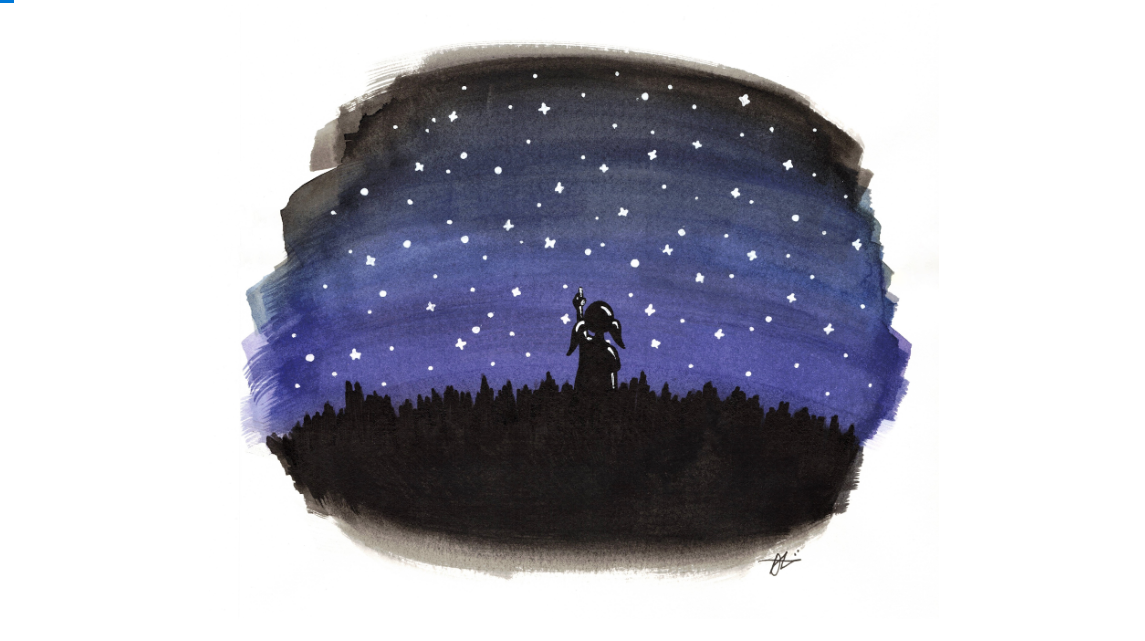Astrophysicist Jeff Peterson of Carnegie Mellon University delivered a lecture on Oct. 9 about the quest to study ‘cosmic dawn,’ the ‘turning on’ of the very first stars in the universe. Estimated to have occurred 150–300 million years after the Big Bang, physicists have sought to study signals from this crucial epoch for years—and now, they may have finally done so.
“This is a scientific adventure,” Peterson said. “But it’s also a physical adventure.”
From the origins of the universe to the atomic levels of hydrogen, Peterson’s freewheeling talk, hosted by AstroMcGill, gave a cosmological crash course on the long and winding road to cosmic dawn.
In 1964, armed with a supersensitive antenna, radio astronomers Arno Penzias and Robert Wilson set out to detect incredibly faint radio waves from space. The experiment hit a roadblock when they found that their data showed a mysterious disturbance spread evenly throughout the sky. Initially convinced that it was simply a problem with their antenna, they had, in fact, detected the Cosmic Microwave Background (CMB) radiation. Given off by the Big Bang itself, the CMB is the oldest electromagnetic radiation in the known universe. A cosmic signature that fills all space, the CMB offers physicists a snapshot of the early universe as it was when a drop in temperature caused the formation of the first neutral hydrogen atoms.
Physicists believe that 370,000 years after the Big Bang, these hydrogen atoms arose from the rapidly cooling, ionized plasma soup that comprised all matter. With time and gravitation, the atoms began to form clumps, growing in size and eventually collapsing into themselves to form the first stars. The light given off by these stars fundamentally altered the properties of the remaining hydrogen, allowing it to absorb some of the CMB at a radio wavelength of 21 centimetres. Theorists predict that this absorption of the CMB should manifest as a ‘dip’ in its thermal spectrum, so while it might not be possible to study these stars by their light, astronomers should be able to locate them indirectly by using this ‘dip.’
“So we have a quest,” Peterson said. “Can we measure this dip in the spectrum?”
Armed with radio telescopes and stationed in the most far-flung places on Earth, Peterson and his team set to work.
Radio telescopes pick up on the CMB, but in most places, the signal is disrupted by FM radio waves broadcasted by radio stations and the like around the world. To escape this disruption, scientists studying the CMB have travelled to such places as the Australian Outback and Marion Island, located 2,000 kilometres south of Cape Town in the middle of the Indian Ocean.
Singling out this infinitesimal dip from the pervasive radio disturbance of the universe is no small task. Yet, in February 2018, the Experiment to Detect the Global Epoch of Reionization Signature (EDGES) team, based at the Murchison Radio-astronomy Observatory in Western Australia, reported the first possible detection of the hypothesized dip.
“There are five or six teams around the world that are trying very hard to find out [if] this [is] correct,” Peterson said.
This announcement has generated a frenzy of speculation and excitement. Some believe that these results might prompt a reappraisal of scientists’ understanding of dark matter, the mysterious form of matter that remains undetected despite being thought to account for 85 per cent of all matter. For now, Peterson advises caution: Until another team corroborates the EDGES findings, all of the excitement remains nothing more than conjecture.
“This will explode into a giant field,” Peterson said. “It may be 50 years before we map this, but human beings will do it […] because we won’t be able to resist.”









